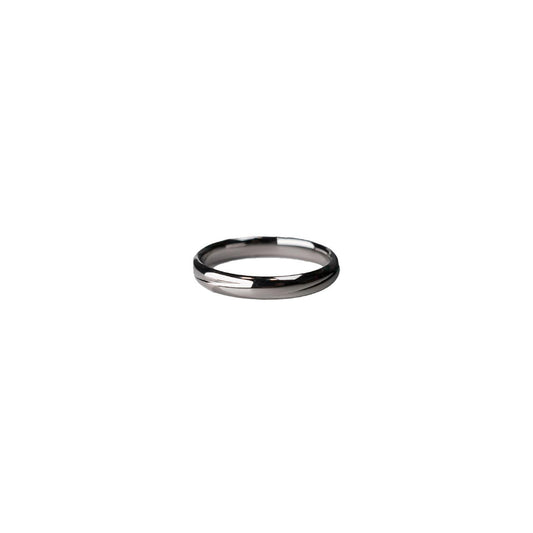The Enigmatic World of Ring Symbolism More Than Just Circles
The Enigmatic World of Ring Symbolism More Than Just Circles
As I twirled my grandmother's silver ring around my finger, a flood of memories washed over me. It wasn’t just a piece of jewelry; it was a tangible link to stories I'd heard countless times about her life, love, and legacy. Rings, it seems, are far more than shiny adornments — they are steeped in layers of meaning and symbolism that have shifted and evolved through the ages.
In Western cultures, rings often act as powerful symbols in life's significant rites of passage. The most obvious example? The wedding band. Synonymous with commitment and unity, this simple piece of metal has tied countless couples together. The circular shape signifies eternity, an endless loop mirroring the vows of a lifelong commitment. But what many might not realize is the vein of lore claiming that the tradition of wearing wedding rings on the fourth finger of the left hand originates from an ancient belief: the "vena amoris," or the vein of love, which was once thought to run directly from the heart to this particular finger.
Beyond the wedding altar, rings have held myriad other meanings throughout history. In medieval times, signet rings bore the unique insignia of families and were used to stamp wax seals on documents, acting almost like a signature today. They represented authority and stature, a tangible emblem of one's identity and place in society. It's fascinating how a piece of jewelry can encapsulate so much power and responsibility in such a subtle form.
Fashion trends, too, have their part to play in the narrative of rings. I remember my surprise seeing a resurgence of chunky rings with large stones in the 2020s, a stark contrast to the dainty and minimalist designs that dominated the decade before. This shift wasn't just about aesthetics. It seemed to signal a cultural movement towards bold self-expression, a break from tradition much like the tumultuous times it coincided with. As the world became increasingly chaotic, perhaps the jewelry reflected a desire for something solid, something one could hold onto.
But rings aren't just about societal symbolism; personal stories are woven into their very essence. Take my grandmother's silver ring, for example. To anyone else, it might seem like just an old piece of metal. Yet, to me, it's a memento of Sunday family gatherings, filled with the laughter of a large, boisterous family, and the aroma of roasted chicken in the air. The ring is a touchstone of those shared moments and the values she instilled in us — kindness, resilience, and a bit of necessary mischief.
There's something beautifully paradoxical about rings. They're small and unassuming, yet they can contain within their unending loops the grand narratives of love, power, fashion, and personal history. As each generation inherits these tiny circles, they inscribe new meanings, new stories onto them. Isn't it something, how such a small object can carry so much weight?
For now, I'll keep my grandmother's ring close, occasionally spinning it absentmindedly during moments of reflection. It's a reminder to create my own stories, ones that the next generation will hold in their hands, and perhaps ponder what tales and symbols have been passed down to them. Through all its iterations, the humble ring continues to be a profound testament to our human journey, ever turning, ever telling.

























